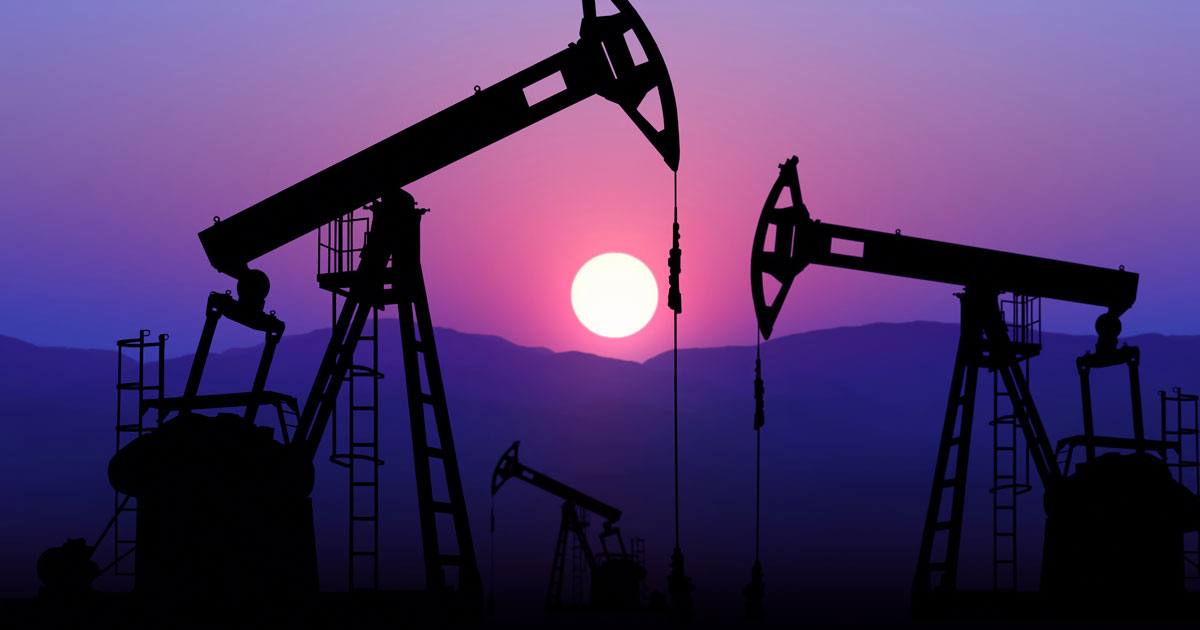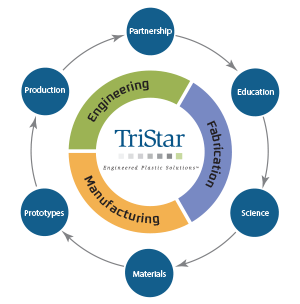
The oil and gas industry is one of the largest on the planet. It’s also one of the most crucial for overall economic performance: energy and fuel costs are vital parameters for a wide variety of other industries. At the same time, oil/gas outputs are key ingredients for a variety of other products, like plastics, pharmaceuticals, and asphalt.
This industry needs massive infrastructure and complex equipment to accomplish the hard work of extracting valuable media from the ground, transporting huge volumes of it over long distances, and refining it into a variety of end-products and chemical intermediates.
How big is the oil and gas industry?
- The United States oil and gas industry commands total revenues in the trillions. US industry revenues are a massive part of the overall economy, around 8%, according to the American Petroleum Institute. This figure includes drilling, transportation, refining, and various service companies.
- There has been a decline from a peak in 2014. The shale oil boom in the United States brought global energy prices down, substantially affecting the industry’s overall revenue. This boom may now be slowing: lower prices are rendering more shale extraction operations uneconomical.
- 2020-2021’s COVID crisis has generated an almost unprecedented slowdown for the industry. The true impact of this slowdown is not yet fully understood.
How is the oil and gas industry structured?
The oil and gas industry manages an unusually broad swath of economic activity. The extraction part of the industry is more similar to activities like mining, while refining has more in common with chemical processing. To facilitate analysis of these industry segments, analysts typically divide the industry into three parts. Some companies are integrated and manage work across all three segments. Most oil/gas companies, however, specialize in one of these activities.
Upstream Oil and Gas: Exploration and Extraction
This industry segment includes exploration and extraction of oil and gas. They are sometimes known as “E&P” (exploration and production) firms. Because the value of many potential extraction sites cannot be known for certain, this market segment is often considered to be high-risk, high-reward. The economic viability of a particular drilling site may also change depending on market conditions: if prices cause profit margins to fall below production costs, a site will need to be shut down.
Midstream Oil and Gas: Transportation and Storage
This segment focuses on transportation and storage of raw media on their way to refineries. This work includes shipping, trucking, storage tank facilities, and, most of all, pipelines. Midstream infrastructure is extremely capital intensive to develop, but typically perceived as lower-risk than upstream in terms of economic viability.
Downstream Oil and Gas: Refining
This industry segment is defined by refining: removing impurities and transforming raw media into salable products (either directly in the case of fuel and heating oil, or indirectly, in the form of inputs for other industries like plastics).
Learning More
- You can read more about important events in the history of the oil and gas industry here.
- For a look at oil and gas industry outlook and trends, please see our blog post here.
Across all of its industry segments, the oil and gas industry relies on equipment at every stage of the production process, from fracking engines, to sea oil rigs, to massive refineries. And all of it is expected to thrive in an extreme operating environment that brings high heat, high pressure, and prolonged exposure to caustic chemicals. Key components not only need to perform in these conditions but maintain reliability during extremely long run times (many types of equipment are run 24/7/365).
For a deeper look at challenges for oil and gas equipment components (and how the right materials can help) see our guide by clicking on the button below.
TriStar works with a wide variety of oil/gas operators and OEM’s to identify solutions for these engineering pain points. In an industry where efficiency, safety, and reliability are all essential for the bottom line, material selection matters. We bring a true consultative engineering approach to bear on every client’s business needs, taking the time to understand their business, their equipment, and how smart material selection can maximize ROI for critical components.
If you’d like to talk about your oil / gas component needs, you can reach out to our team using the button below.










